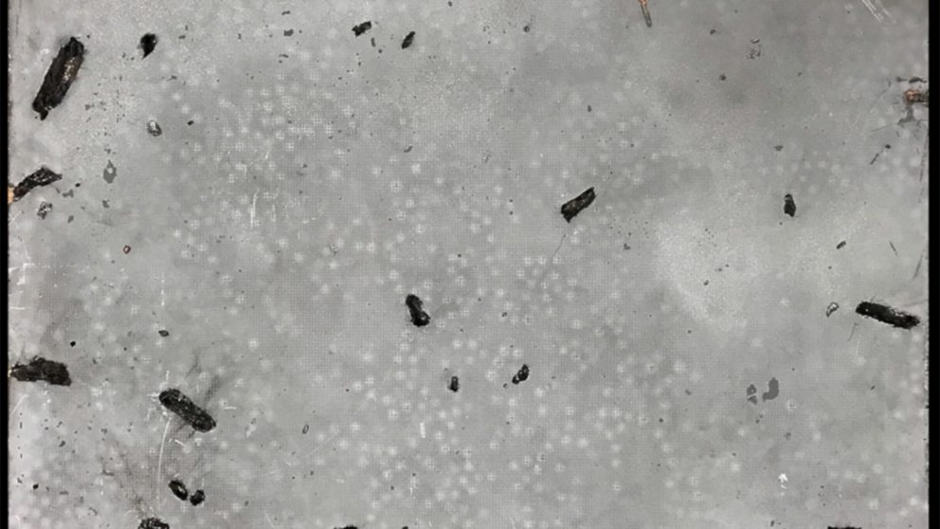Stainless steel composite metal foam offers more protection than other forms of armour
Armour made from stainless steel composite metal foam can block blast pressure and fragmentation at 5,000ft/s from high explosive incendiary rounds that detonate 457mm away.

These are conclusions from research conducted by North Carolina State University and the US Army's Aviation Applied Technology Directorate, which are detailed in the Journal of Composite Structures.
"In short, we found that composite metal foam (CMF) offers much more protection than all other existing armour materials while lowering the weight remarkably," said Afsaneh Rabiei, senior author of a paper on the work and a professor of mechanical and aerospace engineering at NC State. "We can provide as much protection as existing steel armour at a fraction of the weight - or provide much more protection at the same weight.
"Many military vehicles use armour made of rolled homogeneous steel, which weighs three times as much as our steel-CMF," Rabiei said. "Based on tests like these, we believe we can replace that rolled steel with steel-CMF without sacrificing safety, better blocking not only the fragments but also the blast waves that are responsible for trauma such as major brain injuries. That would reduce vehicle weight significantly, improving fuel mileage and vehicle performance."
Register now to continue reading
Thanks for visiting The Engineer. You’ve now reached your monthly limit of news stories. Register for free to unlock unlimited access to all of our news coverage, as well as premium content including opinion, in-depth features and special reports.
Benefits of registering
-
In-depth insights and coverage of key emerging trends
-
Unrestricted access to special reports throughout the year
-
Daily technology news delivered straight to your inbox










Water Sector Talent Exodus Could Cripple The Sector
Maybe if things are essential for the running of a country and we want to pay a fair price we should be running these utilities on a not for profit...